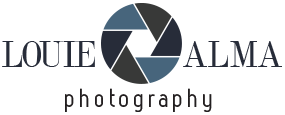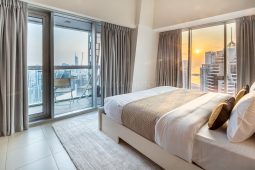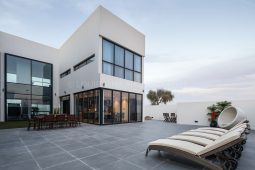A Powerful Edit Tool You Ignore & How it Fixes Dull Photos (VIDEO)
Lightroom boasts a wide array of transformational features for adjusting exposure, perfecting colors, and enhancing other attributes of unimpressive photos. Today’s quick tutorial from photographer James Feaver explains why the oft-ignored Point Color tool is “incredibly” powerful, and how you can begin using now regardless of your post-processing experience.
In barely eight minutes James provides compelling examples that will convince you to add these easy-to-use Point Color adjustments to your everyday Lightroom workflow—whether you shoot landscapes, street photos, environmental portraits, nature and wildlife subjects, or a variety of images indoors.
One reason for Point Color’s lack of popularity may be that at first glance it appears similar to Lightroom’s familiar Color Mixe tools—unless you take a deeper dive into everything it can accomplish. The Point Color tool resides in Lightroom’s Develop panel and it’s somewhat hidden as an option within the Color Mixer section itself. Just click on the right-hand tab and you’re ready to get started.
Similarities aside, James describes several nuanced differences between Color Mixer and Point Color enhancements. And he illustrates why, in his experience, “Point Color is an even more useful tool.” The Color Mixer does enable you to modify hue, saturation, and luminance. In other words, color, intensity and brightness, but with certain limitations.
The problem, as you’ll see, is that you only have one slider for making these adjustments with the Color Mixer. This means, when changing blue tones for example, that all blues within the frame are modified at once. Namely, elements like skies, bodies of water, clothing, etc.
Point Color, other hand, provides far more control by allowing you to selectively modify any color you choose in a much more refined manner. When pulling up this tool you’ll see sliders for adjusting hue, saturation, and luminance, but it’s power derives from the additional options that been added lower down in the panel.
The remainder of this eight-minute episode is devoted to a step-by-step demonstration of putting these bonus features to work for optimum results. Be sure to visit the Photo Feaver YouTube channel when this lesson concludes where you’ll find many more how-to videos that will take your shooting and editing skills to a new level.
And don’t miss the earlier tutorial we featured with another experienced pro who explains why he recommends ditching Lightroom’s commonly used S-Curve technique in favor of a pro alternative for creating photographs with superior effects.




